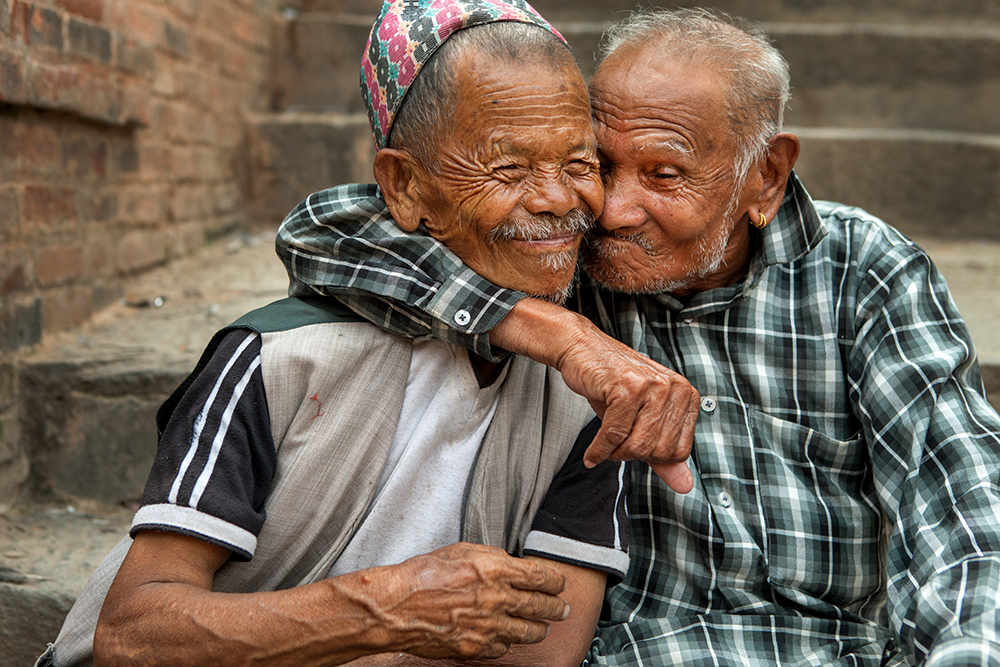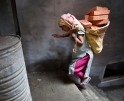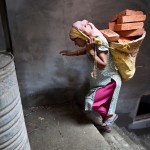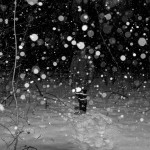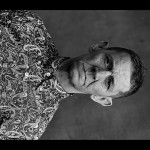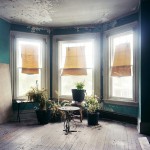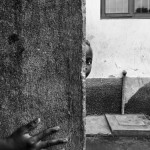Photographers on Photographers: Barry Schwartz in Conversation with Jana Ašenbrennerová
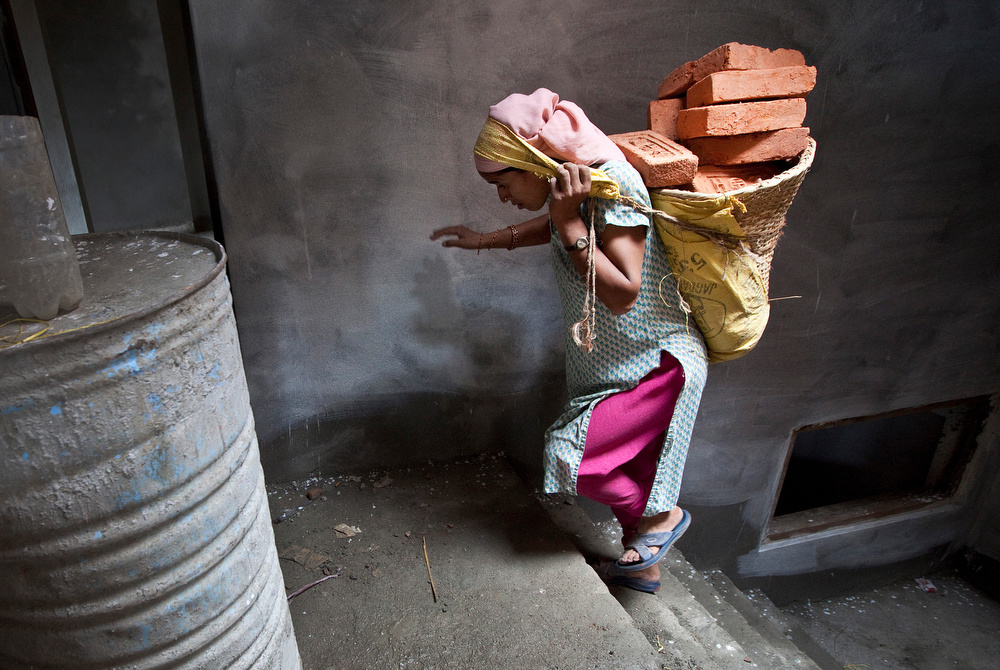
Evicted from her home by in-laws for not giving birth to a son, Laxmi KC, 30, is a mother of four who grew up in a rural area of Nepal. To take care of her family, she works predominantly as a construction worker. She carries heavy loads of sand or bricks up to the top floor of high story buildings. © Jana Ašenbrennerová
Jana Ašenbrennerová is a Czech photojournalist currently based in San Francisco. Her specialties include social documentary and environmental portraiture. She dedicates her time to international reporting, pursuing independent projects primarily in Africa and Asia. In collaboration with nonprofit organizations (NGOs), she documents humanitarian efforts in different parts of the world. Her storytelling puts a human face on issues through portrayal of emotions, intimate moments and candid interpersonal interactions. Jana has led photography student expeditions for National Geographic in various parts of the world. She is a member of the screening committee for the International Ocean Film Festival.
Jana’s photography has won numerous awards, including World Press Photo, National Geographic Photo Contest, Czech Press Photo, China Press Photo, and many others.
~~~~
Barry Schwartz
What drew you to this sort of work?
Jana Ašenbrennerová
I’m drawn to people and am passionate about learning about them, hearing their stories and capturing them, be it through photography or writing. I am curious about people’s lives, how they arrived where they are at, what transformation they went through, what makes them hurt, what makes them happy, what their life is like at that moment and what is their experience of being alive. It fascinates me and I can get fully absorbed by these narratives when I work on a story. Connecting with all kinds of people is the biggest gift I get from my work. If I ever have to choose only one thing I can photograph for the rest of my life there would be no doubt what I would choose. There is nothing I’m drawn to more than people.
I am drawn to stories from the medical field, documenting patients through their process of recovery – physical and mental as they are undergoing transformation. I can manage looking at blood, open wounds, and photographing surgeries in a way that is publishable and not too graphic, though I have had my near-fainting moments. I find these stories highly emotional not just because of the amount of pain that is undoubtedly part of any recovery but also the impact an accident has on the patient, their family and sometimes the entire community. It’s layered and complex and quite relatable as most likely every one of us have experienced it on some level. (When I was 12 years old my older brother Martin, who was 18 at that time, had a very dramatic car accident that completely changed his life and the lives of our family. In a split of a second, everything changed. It was a year-long process for him to find the new normal and to adapt to consequences. We had to transform alongside him. I feel a lot of empathy for those who are experiencing something similar, for the patient or loved ones.) These stories are full of pain, grief, suffering but also resilience, strength, hope and transformation that can turn out to be positive. These stories are about embracing change which I am passionate about documenting, I find it powerful and relatable.
Most clients seem to be NGOs. Do you pitch any of these stories to publications?
My clients are a mix of corporate, newspaper, magazines, travel agencies and some NGOs – I live in San Francisco, so it is necessary for me to have a diverse clientele so I can afford to do journalism. Working with NGOs is among my favorite kinds of work and I’m always on a lookout for new opportunities and organizations to collaborate with. I don’t always pitch the stories I do for NGOs to publications; it’s a different kind of coverage and the materials I collect would be considered incomplete for photojournalism. However, I often find a story while working with an NGO and develop and pitch it afterwards on my own when I’m done with my assigned work for the organization. It simply requires more time and a different kind of treatment.
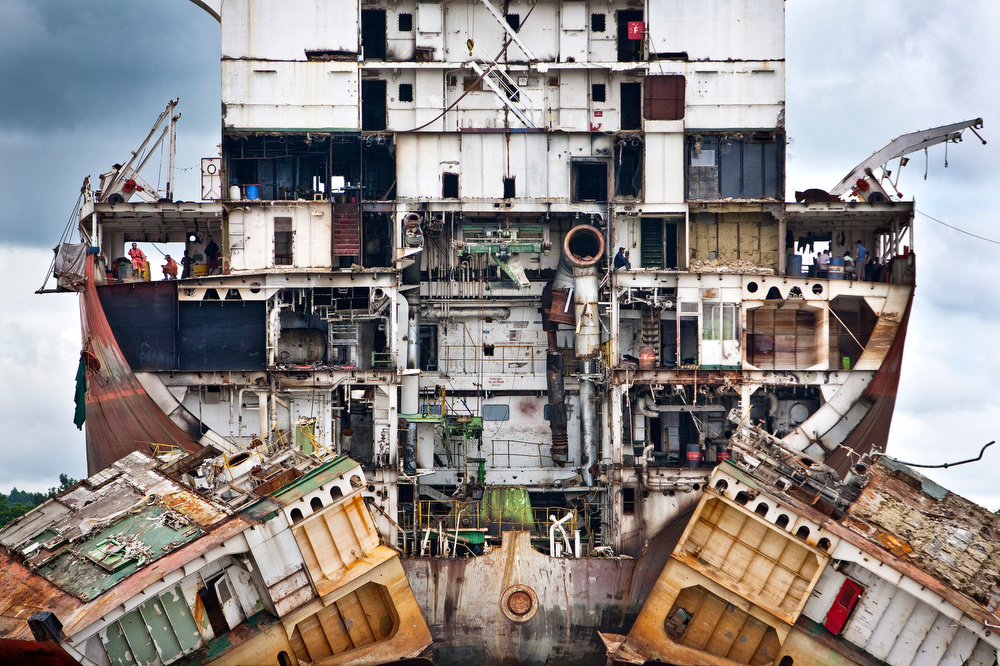
Chittagong in Bangladesh is one of the biggest ship breaking yards in the world. It is a graveyard where ships from all around the world are taken for their last voyage, to be taken apart. Known for unsafe work practices and environmental pollution from the demolition and ship breaking process, Chittagong presents one of the biggest industry and job opportunities for many Bangladeshis. © Jana Ašenbrennerová
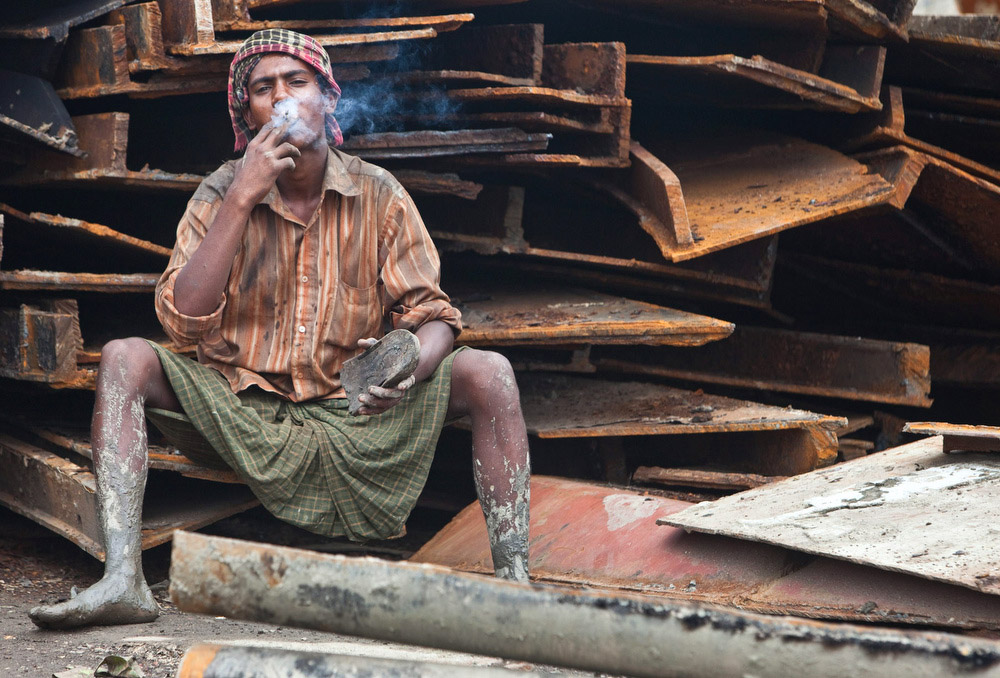
Chittagong in Bangladesh is one of the biggest ship breaking yards in the world. It is a graveyard where ships from all around the world are taken for their last voyage, to be taken apart. Known for unsafe work practices and environmental pollution from the demolition and ship breaking process, Chittagong presents one of the biggest industry and job opportunities for many Bangladeshis. © Jana Ašenbrennerová
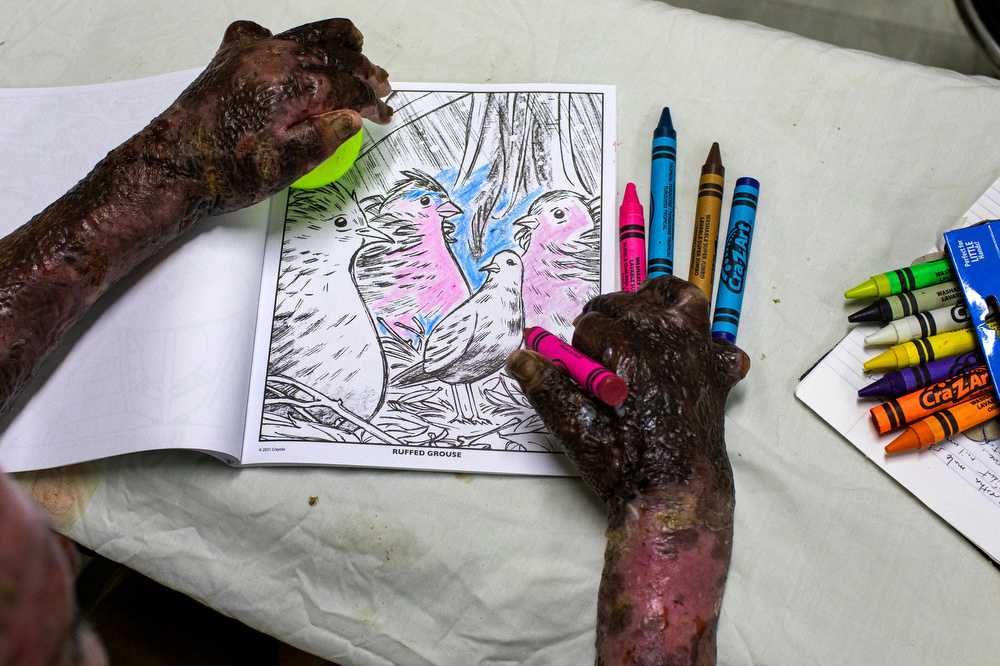
MD, 27, a patient with severe body burns, undergoes physiotherapy session at Burn Center in Kathmandu, Nepal. © Jana Ašenbrennerová
Tell me about your marketing strategies.
I don’t have specific marketing strategies and it certainly is and always has been a challenge. I feel fortunate however that clients I have worked with in the past come back as well as recommend me to others; that is mainly how I have built my clientele. It’s word of mouth, the only ‘marketing strategy’ that has ever worked for me, be it in the corporate world, with NGOs, or in journalism.
Did you study to be a photographer in college?
Yes. I did a photography program at San Francisco City College over 15 years ago. It was fantastic and great exposure to a variety of techniques and photo styles. We started with B&W film, processing it ourselves, developing our own images and learning darkroom techniques — which I’m thankful I don’t have to do anymore. We worked with 4×5 cameras, had a portraiture and editorial class, learned basic photoshop and lighting techniques, but also explored more experimental approaches like mixed media or cyanotypes. What I found the most appealing was the class I took last, a documentary course with Ken Light. I was drawn to storytelling. From there I went on to SF State to study photojournalism with Ken Kobre, who was my professor and became my mentor. I did several internships while at school, including darkroom techniques with one of Ansel Adams’ former assistants. From there I went to the San Francisco Chronicle to learn about capturing news through photography and then to the Kathmandu Post newspaper in Nepal, which was a unique experience that taught me more than any school course ever could.
I studied directing and screenwriting at the Film Academy of Miroslav Ondříček in Písek back home in the Czech Republic, then photography at City College, followed by photojournalism at San Francisco State. A few years ago I completed my masters in Visual Anthropology, also at SFSU, where my focus was on improving my writing skills, learning video, production, and editing. My background in filmmaking, formal photo and journalism education — and three very different internships — gave me a pretty good foundation for the work I do today.
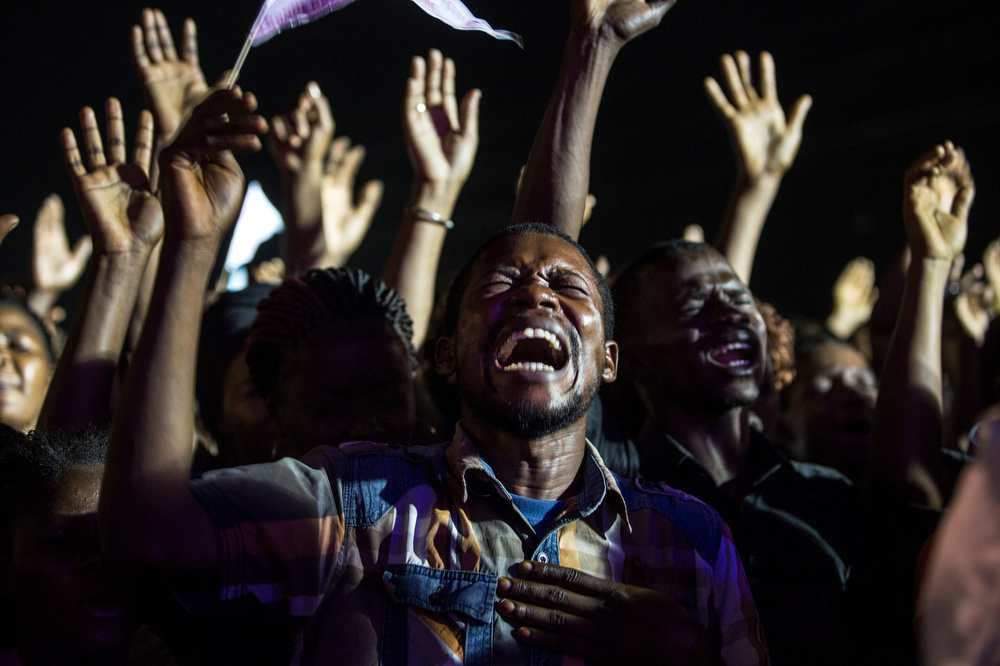
Attendees cheer during Invasion Evangelique event lead by prophet Jacques Neema Sikatenda in Kinshasa, Democratic Republic of Congo. © Jana Ašenbrennerová
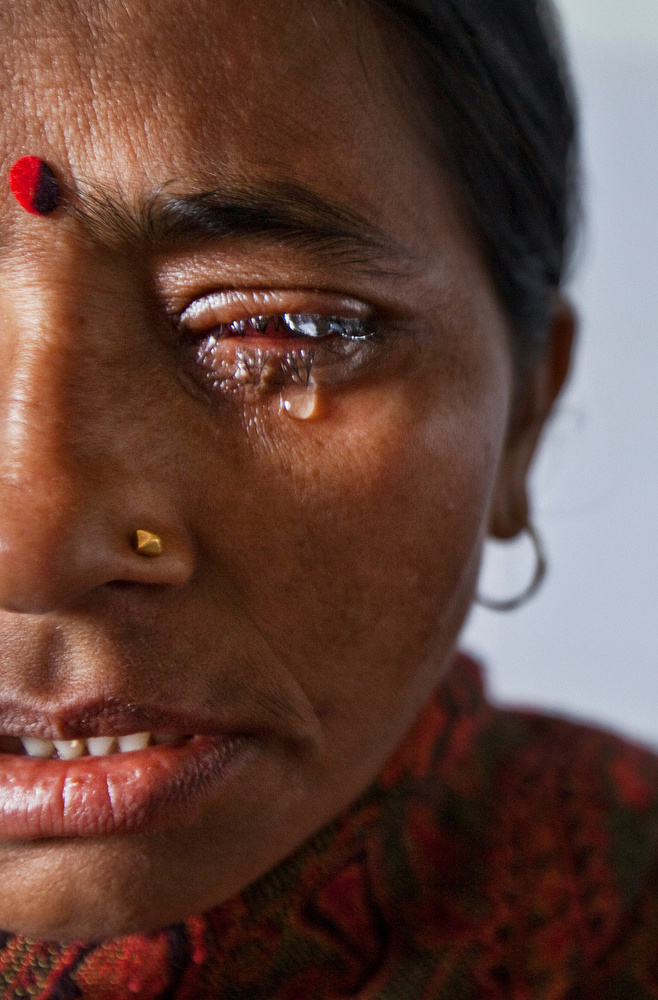
Sabitri Lamichhane has a severe eye infection, in order to save her vision she is to undergo a cornea transplant procedure. Her infected cornea will be removed and replaced with one that was donated. In Kathmandu, Nepal. 2010. © Jana Ašenbrennerová
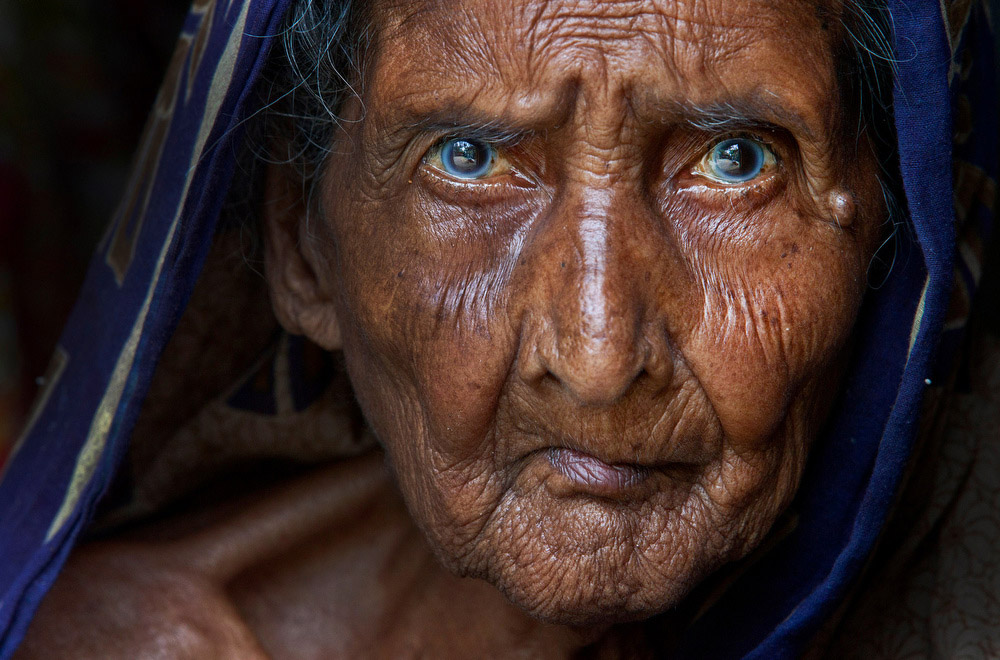
SomeJarn, over 100 years old, has lived in the Chars of north-western Bangladesh her whole life. Chars are shifting sandbar islands within the Jamuna-Brahmaputra river system. These islands, out of which many are covering less than a square mile, appear and vanish with the floods and the flow of sediments from upriver forcing local inhabitants to move frequently, each time their land disappears under the water. © Jana Ašenbrennerová
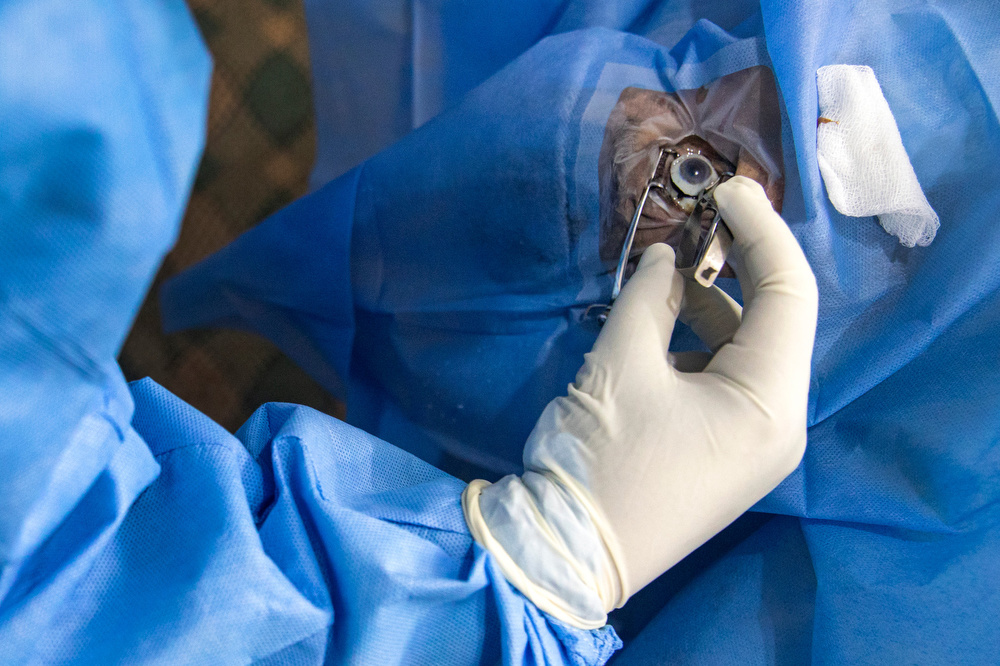
Extraction of a cornea from a donor in Pashupatinath—a sacred site where Hindus cremate their dead, Kathmandu, Nepal. 2023. © Jana Ašenbrennerová
How did you begin your career?
Not sure what I would consider the starting point of my career but my passion for telling stories, capturing the world around me, and connecting with people was something I have been drawn to as long as I remember. One of the turning points was probably when I was taking a news writing course at City Colleague right before I went to study journalism at SF State University. It was the year the Olympics were held in Beijing, China and the famous Olympic torch was supposed to be carried across San Francisco. Protests were expected by the Tibetan community and supporters. Our professor, Jon Rochmis, suggested we go cover it for extra credit. I spent the entire day following the torch, running around taking photos and then at night attended an event where I photographed Desmond Tutu and Richard Gere giving speeches in support of Tibet. I did a full day of coverage and as exhausted as I was at the end of it I felt incredibly alive. I also conducted some of my very first interviews and felt like I had a front seat to history. I got in touch with a magazine back in the Czech Republic that was interested in the coverage and they ended up publishing it. So my extra credit work for a news writing class ended up as multiple page spreads published in a magazine. After this experience there was no doubt in my mind what path I want to take going forward. It was the beginning of my career and life I’m thankful for.
Tell me about photographers you admire.
One of my long-time favorites is Sebastião Salgado, I admire his photography as much as his activism and dedication to make a change in the world. His shipbreaker photos from Bangladesh inspired me to document the same ship yards in Chittagong myself back in 2010.
Tell me about teaching.
Once a year I lead student photo expeditions for National Geographic. I teach photography and storytelling in different parts of the world; the location depends on the program I get assigned to. I did a couple in Asia — India and Bhutan — and then a photo worksop in the Czech Republic. This summer I’ll be leading a trip in the Canadian Arctic. Even though the concept and approach we follow with our students is similar, each trip is very different. I like working with students, especially when they come into these trips with some kind of passion – be it photography, culture, or just nature or people, anything really. That gives me something to work with and connect with them over. My hope is to inspire them and to help develop their passion further in the little time I get to share with them. It is an opportunity for me to move them, to inspire them, or to expose them to somebody or something that will. Even though I’m considered the teacher and leader, what happens on these trips is always an exchange. It is transformative for all of us involved.
Beside these expeditions I do guest lectures for photojournalism students, most frequently at SFSU for Kim Komenich’s classes.
How about writing?
Since high school I found writing to be quite intimidating. This became even more pronounced when I emigrated to the United States and started to communicate in a language that was not my first. I was holding back and was unable to fully free myself from that inhibition until I started to study anthropology. We were writing excessively and constantly, producing long essays and analysis on a daily or weekly basis. There was no time to worry anymore. It was overwhelming but it helped me to shake off that fear of writing. I gained some confidence and my attitude towards writing has changed dramatically. I started writing more freely, focusing on the content and what I want to say rather than obsessing about the mistakes I might make in the process. I now write articles to accompany the photo stories I document and even though I am a slow writer, I find the process satisfying and am thankful to editors who polish my work up before it gets published.
When I work on personal projects I take excessive notes and do my own interviews. I do a lot of medical reporting so it’s crucial for me to understand the technicalities. It often takes a long time and multiple interviews to understand the scope of the medical work. I record interviews on the iPhone, upload them to the Otter app to transcribe and then write my article based on notes. That is my process. I believe it’s crucial to be able to write. I’m both a journalist and a photographer and therefore I like to have a toolbox of skills to best tell a story. Writing is certainly one of these skills.
Have you been on staff at any publications?
I have never been a staff member on any publication and it’s not something I was ever interested in. Even though freelance life can be stressful and uncertain at times, I would always choose it over a secure staff position. Regardless of the frequent anxiety, it aligns better with who I am and how I like to work and live my life. I appreciate the flexibility my work offers.
How do you market yourself to publications?
I don’t do a whole lot of marketing and consider pitching among the most difficult aspects of my work. It feels awkward and I have yet to learn how to do it properly and effectively. There are, luckily, some publications I have worked with for a long time — they trust in what I do and give me a great freedom in doing my work. I appreciate these relationships and often produce my best work for these publications as a result.
Roughly how much of your income is from secondary licensing or stock?
There are some unexpected chunks here and there but overall, not a lot. Time is the main obstacle for me. I started to contribute to some stock libraries and agencies during Covid but it takes time to develop. There don’t ever seem to be enough hours in a day to do all I would like to do. There always seems to be more that needs to be done, I often feel overwhelmed. On the other hand, I’m certainly never, ever bored.
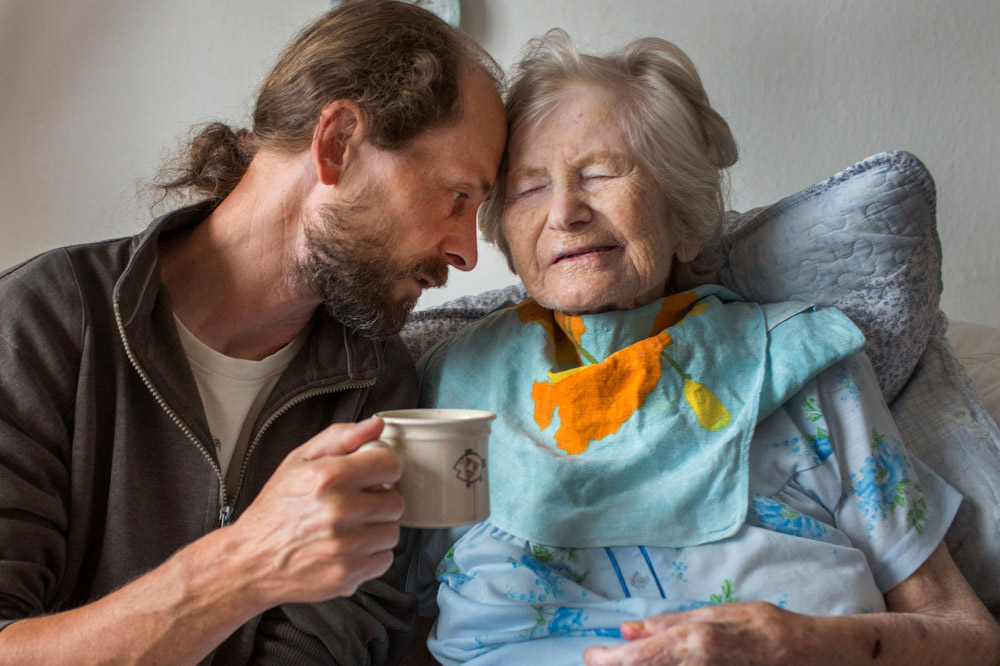
My brother Martin enjoys a cup of coffee with our grandmother. At the end of her life, in many ways, grandma became a child again and offered us the opportunity to give back the care we once received from her as kids. © Jana Ašenbrennerová
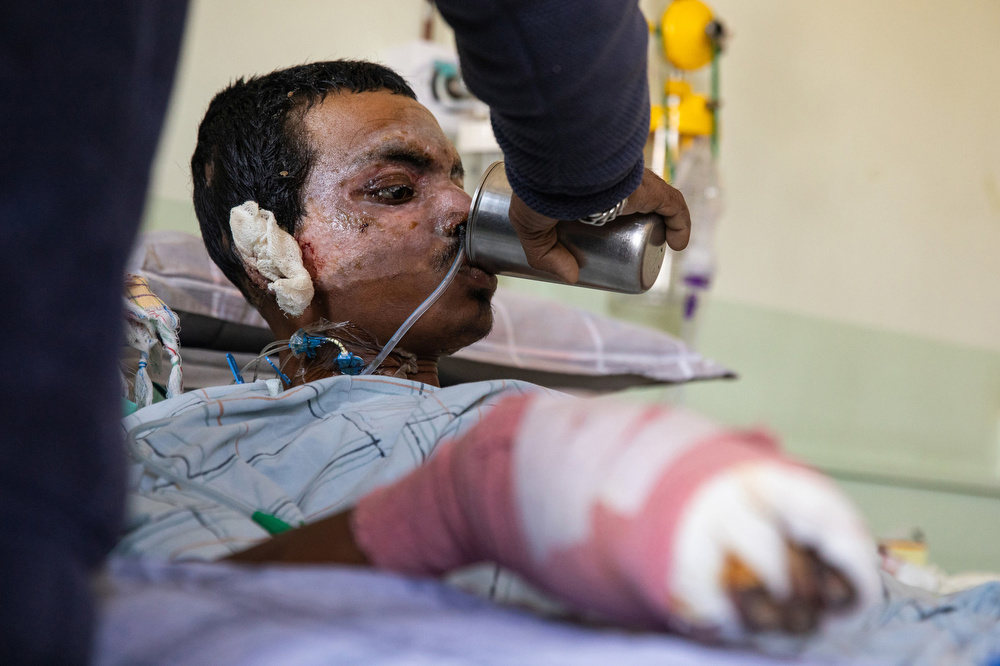
Chandan Ghosai, 20, a burn patient, is assisted by his dad, Ram, to take a sip of water at Burn Center in Kathmandu, Nepal. © Jana Ašenbrennerová
Tell me how your work ends up in exhibitions and museums.
I did have some exhibits over the years and it’s a question of opportunity or invitation, rather than my main focus. It’s usually in collaboration with an organization or somebody reaches out as they see I have work that would be fitting for their theme. It’s usually quite time-consuming to prepare materials so I don’t pursue it often but when it’s something collaborative and impactful I gladly participate. The two most recent exhibits I had were in Europe. In Prague, I exhibited a portrait series of gay couples that are raising children together. The project was done in collaboration with a Czech NGO Jsme Fér that fights to legalize gay marriage in Czech Republic. The other exhibit was in Spain (FineArt Igualada), where alongside other photographers I was exhibiting my project “Growing Up Among The Dead” from the Philippines.
Do you pitch to Contests?
I do my best to constantly submit my work to contests, if I have something fitting. It pushes me to work with the material I have, make an edit, sort it out. I find it to be a helpful practice and often a first step to get the work organized and prepared for a pitch.
Do you print yourself, or outsource?
I never print anything myself, always outsource.
Do you do your own post?
Yes I do my own post production on everything I shoot unless it’s a commercial gig when we have an editor on site who processes on my behalf. When it comes to personal projects, I always do all my processing.
Do you go to portfolio reviews as an attendee or reviewer?
I have attended a good amount as both over the years, reviewer and attendee. There is no regularity, it depends on opportunities and time but maybe one a year?
What social media do you do?
I probably use instagram the most. My regular posts are curated – therefore not too frequent – but then the 24 hour stories are what I use quite often. There I share more personal experiences from my own life and my frequent travels; it’s rather spontaneous and not always related to my work but it does refer to some of it. It’s a mix.
How about commercial work.
I do a lot of corporate work when in San Francisco.
And video?
Yes, when requested by clients I am able to provide it.
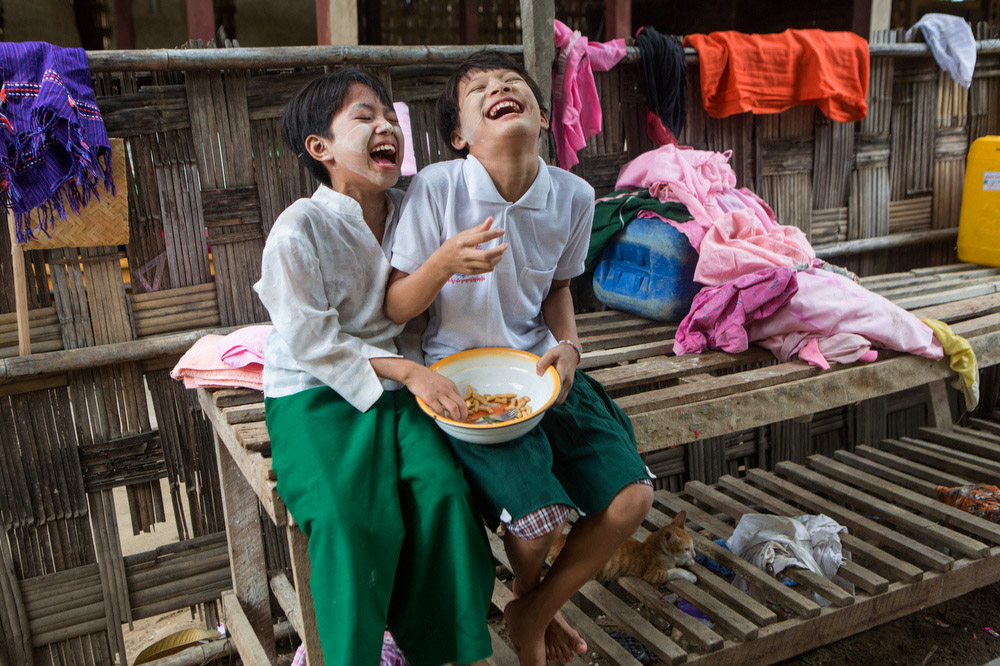
Girls laugh together during a school break at a monastery school they both go to. Monastery schools in Myanmar are a more financially accessible alternative to traditional schools. They are led by monks and nuns who set the rules and encourage the beginning of a religious journey for students, though that is not a condition for admission. © Jana Ašenbrennerová
~~~~
Jana Ašenbrennerová is a photographer, educator, and writer.
Website: https://www.asenbrennerova.com
Instagram: @asenbrennerova
Barry Schwartz is a photographer, educator, and writer.
Photography: https://barryschwartzphoto.com
Blog: https://barryschwartznotbarryschwartz.com
Instagram: @barryschwartz1
Posts on Lenscratch may not be reproduced without the permission of the Lenscratch staff and the photographer.

